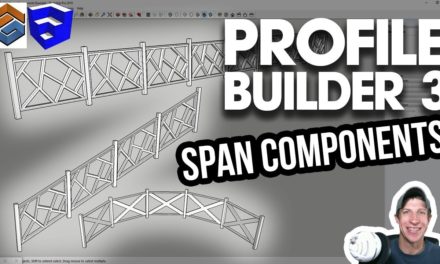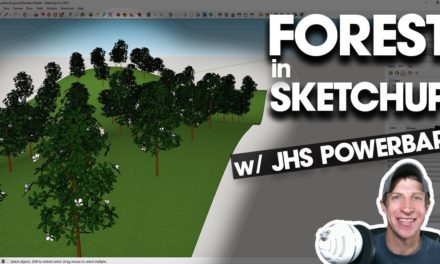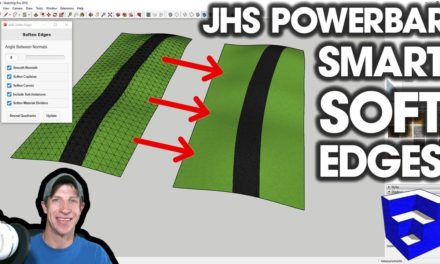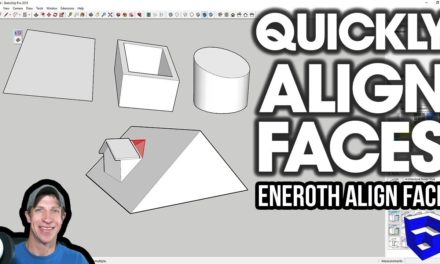URBAN DESIGN IN SKETCHUP with Modelur
In today’s video, we’re going to check out a powerful parametric urban design extension for SketchUp!
Do you like these SketchUp tutorials and videos?
If so, please consider supporting me on Patreon (click here to support) or by visiting my Support the Show Page!
The SketchUp Essentials Course
http://www.thesketchupessentials.com/course
More Modelur Info
https://modelur.eu/
More Placemaker Info (Affiliate Link)
http://www.thesketchupessentials.com/placemaker
Plugin Name: Modelur
Plugin Developer: Modelur
Plugin Cost: $49 Euro or around $60 US Dollars/month
Where can you get it? You can download it from the SketchUp Extension Warehouse.
Tool Functions:
This tool is a robust urban planning extension. It’s designed to allow you to analyze everything from level of stories and mass of a building, to parking, to land usage requirements and building proximity requirements.
In this case, I’m combining my Modelur model with a city of Denver model that I’ve created using the Placemaker extension (more info about Placemaker at links below).
The way it works is fairly intuitive – you can define city blocks and usages, then use those to analyze building layouts and other requirements, like parking, max permitted site coverage, max building heights, etc.
For example, let’s stay that I wanted to develop this plot of land in Denver. I could draw my plot as a face in my model, then define it as a city block. From there, I can define the usage type, max heights of buildings, and more.
Information about each block that you create can be viewed both on the heads up display on your screen, or within the survey tab.
To create a building, simply draw a building footprint as simple geometry, then click the “Create Building” button to change it into a Modelur Building. Modelur will allow you to modify both the building height, as well as the number of stories of your building so that you can analyze site coverage, parking areas, building capacities, and more. Note that these things all adjust on the fly, allowing quick analysis of different options.
You can also set the extension to check for minimum distance between multiple buildings as well.
One cool feature is that you can also set anticipated building construction and demolition dates, allowing for analysis of multiple different construction phases. For example, I could model this building with an anticipated demolition date of 2019, with a new building with an anticipated construction date of 2020. You can adjust the time using the time slider in the survey bar.
Finally, you can use it to export data to Google Earth for further analysis and viewing there.
Overall, this is a really interesting extension to me. It’s definitely optimized for Urban Design and City Planning professionals, but I’m assuming the existing tools for that workflow are probably very expensive. This could be a much less expensive way to do urban analysis – if I have any city planners in the audience, leave a comment and let me know!
About Justin Geis
Hi, I'm Justin Geis, and I'm the founder of The SketchUp Essentials. I started using SketchUp as part of my work as a general contractor in 2008. I quickly realized the power of the software and started using it for personal projects. I started The SketchUp Essentials as a place to share easy to follow SketchUp tutorials and tips to help everyone harness the power of 3D Modeling in their lives. When not working with SketchUp, I enjoy playing soccer and spending time with my wife and our two dogs.




